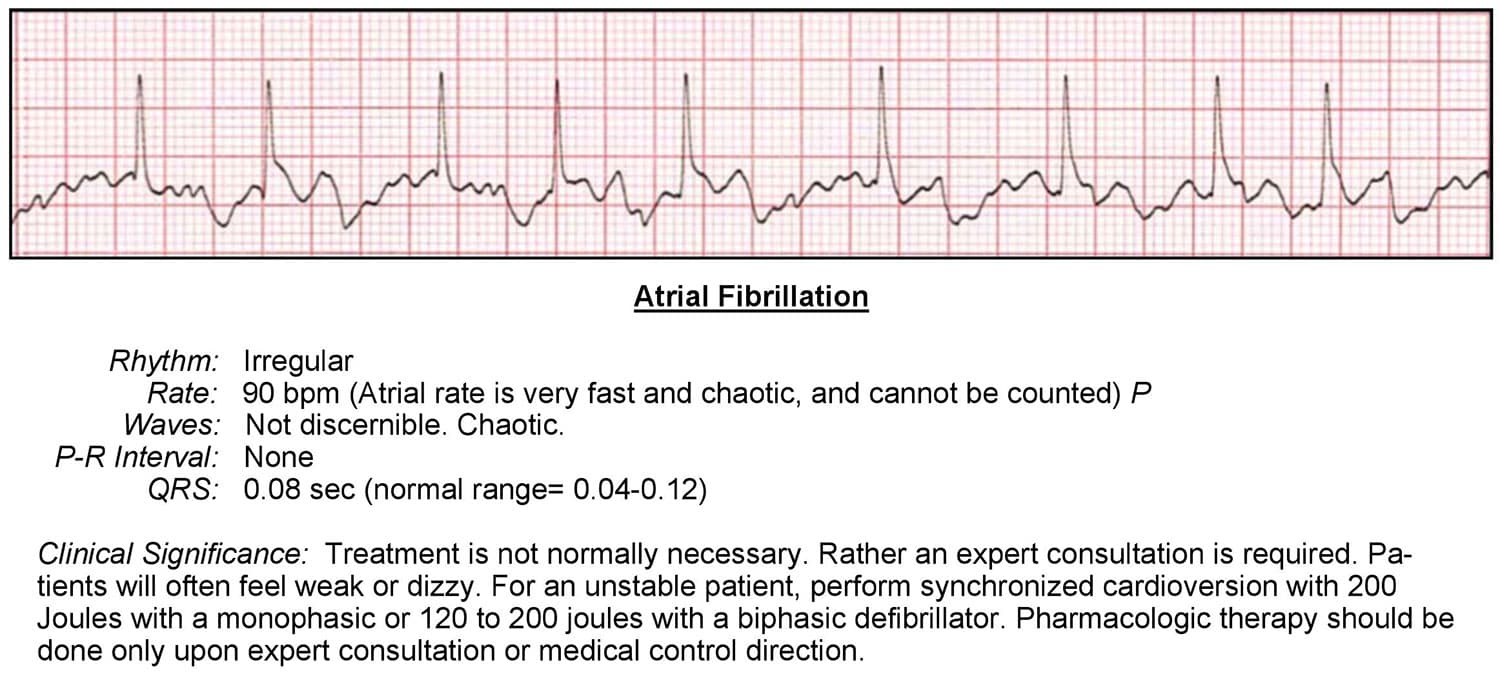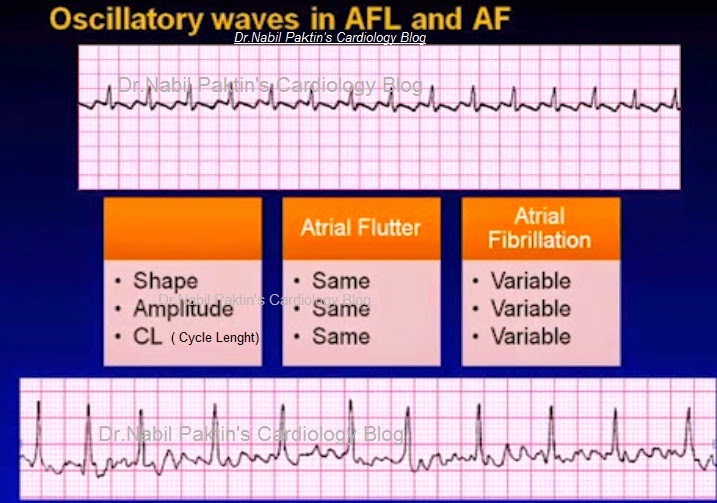

Patients might present with palpitations (the sensation of their heart beating fast), weakness or reduced physical activity (because their heart rate is very high and the ventricles do not have time to fill properly), feeling of almost passing out (called pre-syncope) due to low blood pressure from the inappropriately high heart rate, or sometimes chest discomfort (angina) because the heart is beating so fast that it is becoming ischemic. A 3:1 block gives a rate of 100, and 4:1 block gives a rate of 75. Assuming an atrial rate of 300, a 2:1 block gives a ventricular rate of 150. The ventricular rate depends on the degree of AV node block. Causes of atrial flutter are similar to the causes of atrial fibrillation.Ītrial flutter usually results in high heart rates and this is one of the main problems with atrial flutter. Therefore, the QRS is narrow.Ītrial flutter is common and sometimes patients with atrial fibrillation can also have episodes of atrial flutter. The ventricular conduction in atrial flutter is normal. Therefore, some examples of atrial flutter have a PR interval that is difficult to describe and so could be called "not applicable". However, in the ECG strip below, can you see that the relationship of the QRS is changing relative to the timing of the P waves? In other words, the PR interval is not the same for every QRS: In the ECG strips above, the PR interval is constant. What is important to see is that the PR interval can be variable. There is probably a complicated explanation why the PR interval is sometimes not constant, but sadly, I don't have a good understanding of it. Therefore, atrial flutter could have a regular ventricular rhythm or it could have an irregular ventricular rhythm.Īnother abnormality with atrial flutter is the PR interval. We call this atrial flutter with variable block. That is what is happening in the ECG strip above. Sometimes, the AV node has trouble deciding between 2:1, 3:1 or 4:1 block and will switch between the different blocks. It can also block even more P waves (5:1, 6:1 etc). It could block 2 P waves and conduct 1 (3:1 conduction) or block 3 P waves and conduct 1 (4:1 conduction). For example, it might block 1 P wave and conduct 1 P wave. Sometimes, the AV node is very consistent and blocks the P waves in a pattern. If a P wave hits the AV node when the AV node is refractory, that P wave will be blocked and not conducted to the ventricles. The AV node has a refractory period, during which it cannot conduct impulses. The AV node cannot conduct this fast this is a good thing, because a ventricular rate that fast would not have time to fill, so the heart would be "beating empty", which is very bad.

The P waves are occuring at a rate of close to 300/minutes. So here is a question for you: if the P waves have a regular rhythm, then why do the QRS's not have a regular rhythm? Notice that the spacing between the red and blue arrows is all constant, indicating a regular rhythm of P waves. In the image below, the blue arrows point to P waves and the red arrows point to where we would EXPECT to see a P wave, but due to the QRS complexes, we cannot see them. The P wave is still there, but it is not easily seen. However, when a QRS complex occurs at the same time as a P wave, the much larger QRS obliterates the P wave so that we cannot see it. They are regular, just as we see in the image above in the blue highlighted region. There is something very important to understand: the P waves are like clockwork.

Here is an example of smaller P waves seen in between the QRS complexes:Ĭan you see the P waves? They are upside down (inverted) in this example. These P waves are also called flutter waves or F waves. If you can see the just the P waves (with the QRS removed), the P waves will look like the teeth of a saw and sometimes called "sawtooth".īelow is an ECG strip that shows the QRS's in the beginning of the strip, but due to a drug (adenosine) being given, they disappear and we see the atrial activity demonstrating many many P waves. They are typically cycling 300 times a minute. Atrial flutter is typically caused by a re-entry circuit that is contained within the atria. This rhythm does not come from the sinus node. That is why the word "atrial" is in the title. The origin of atrial flutter is the atria. * PR interval: sometimes normal, sometimes appears random.



 0 kommentar(er)
0 kommentar(er)
